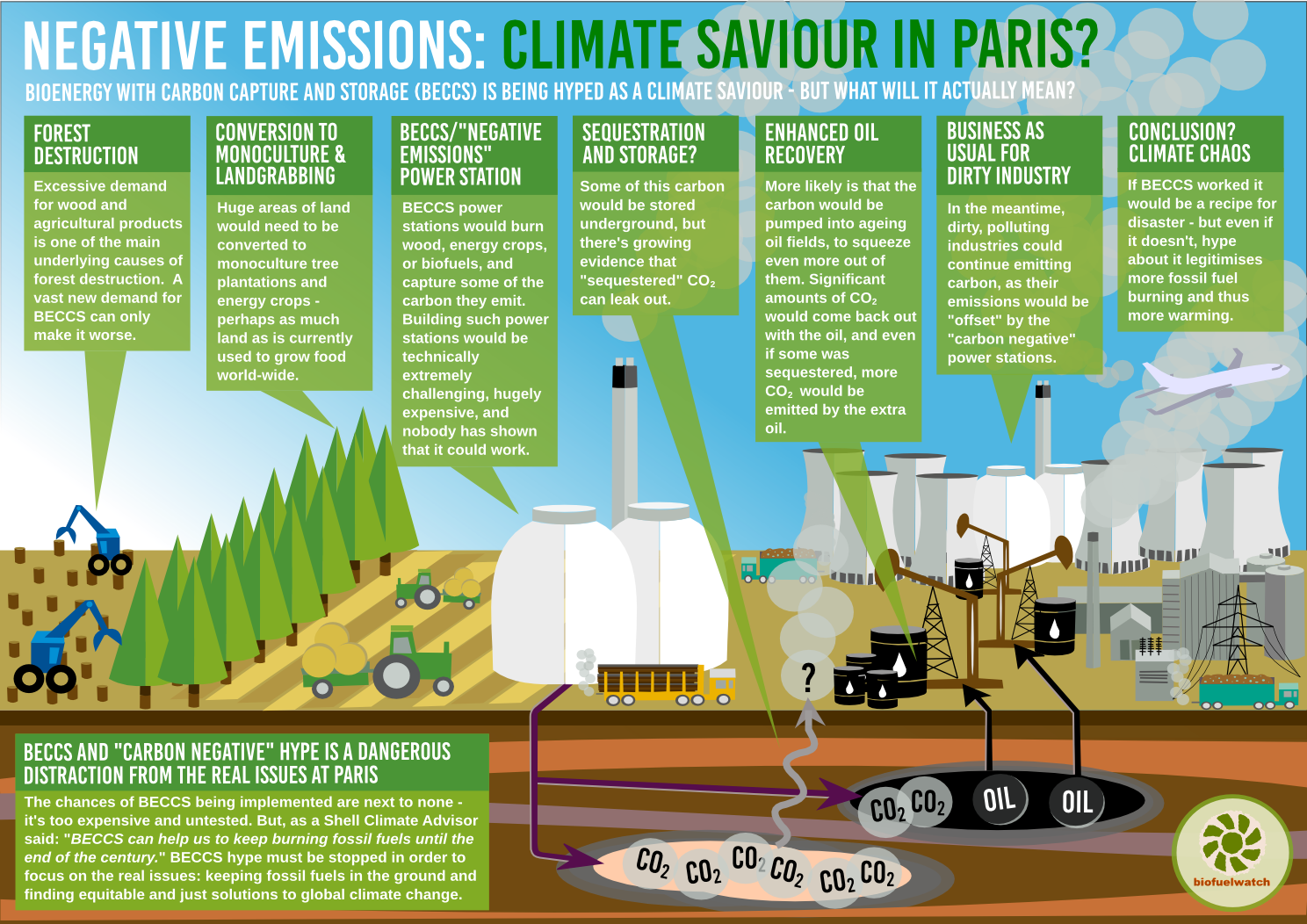
Swiss start-up Climeworks AG, has partnered with Icelandic carbon storage firm, Carbfix, to develop the largest carbon capture and storage plant in the world. Carbon dioxide is captured, pressurized so it becomes liquid in form, and injected into porous rock formations for long-term storage below the ground. Geological carbon capture has emerged as a promising technology to sequester emissions. The outcome is more CO2 in the atmosphere and the elimination of natural sources of sequestration. Emissions have caused the oceans to warm and increased the deforestation of many parts of the planet. But human industrialization is changing this. In fact, 25 percent of human-emitted CO2 is absorbed by our oceans, and colder, nutrient-rich parts of the ocean are capable of absorbing even more. Oceans and plants are both natural carbon dioxide sinks, meaning they absorb more carbon than they emit. This can either be biological, as occurs in the ocean and through plants, or through technology developed to either remove CO2 from the atmosphere or directly from a pollution generating source, such as a natural gas or coal plant.

WHAT IS CARBON CAPTURE AND STORAGE?Ĭarbon capture and storage is the process of capturing and storing carbon dioxide. As large amounts of CO2 are released into the atmosphere, it produces a warming effect, which over time accounts for the temperature increases we have witnessed globally. It is this second category that we need to worry about. Respiration and plant decomposition are examples of natural CO2 emissions, whereas combustion engines and power plants create human-generated forms of CO2. According to the Center for Climate and Energy Solutions, carbon dioxide accounts for 76 percent of global emissions. WHAT PRODUCES CARBON DIOXIDE AND WHY IS IT TROUBLESOME?Ĭarbon dioxide is the most commonly produced greenhouse gas.

Let’s walk through the key details to understanding this new and somewhat controversial method. As countries try to pencil out the necessary actions to reach carbon neutrality, the ability to remove and store carbon dioxide from the atmosphere is presented as a complementary solution to increasing the use of non-carbon producing energy sources and improving overall energy efficiency. In recent years, carbon capture and storage has become a major discussion point in climate change conversations.


 0 kommentar(er)
0 kommentar(er)
